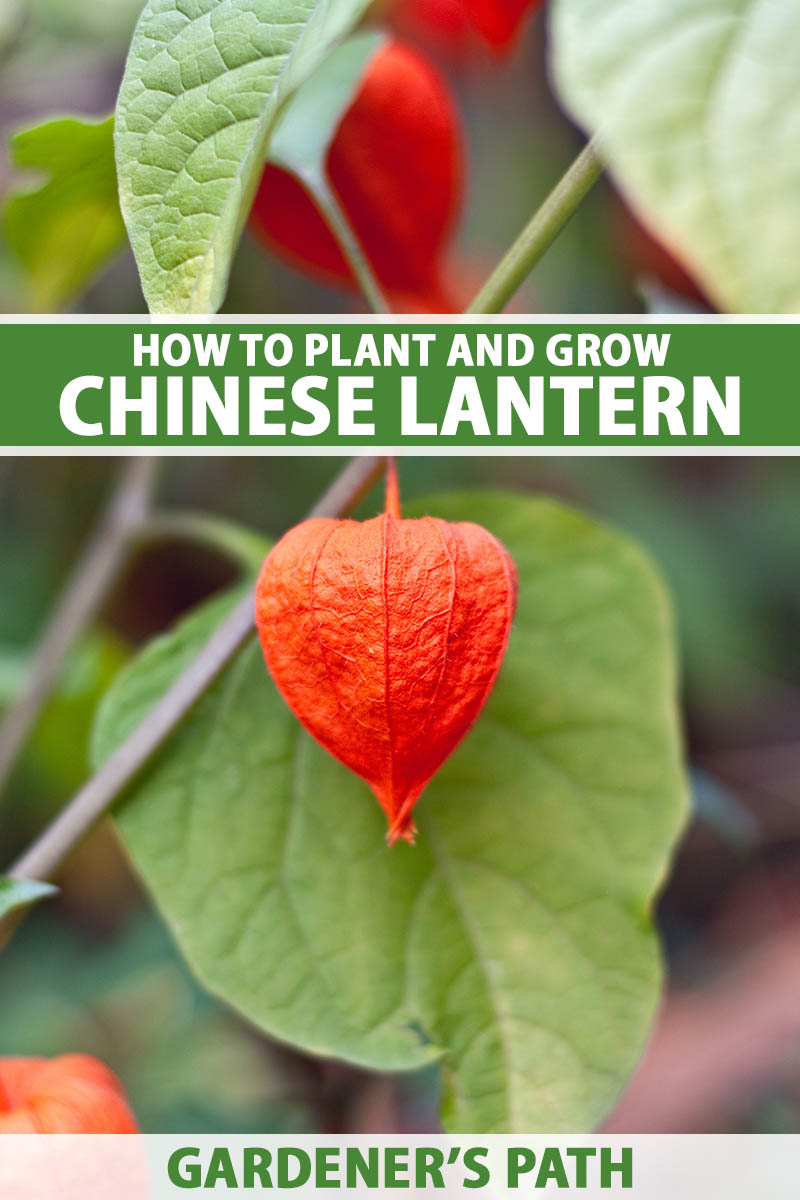
To prevent damage during delivery, the Ceropegia is supplied as a young plant in a hanging pot. The plant is supplied with a total height of approximately 10-20cm (measured including pot). Eventually the plant can grow strands of more than a meter long! The Ceropegia Woodii prefers a place with a lot of daylight, but it also survives well in a dark place. The location of the Chinese lantern plant is not complicated either.

It spreads by way of underground rhizomes, and if you dont harvest all of the pods. Only water the plant once the soil has completely dried out. Another thing to keep in mind is the invasive growing habit of this plant. In the spring and summer you can give a small shoot every week, in the winter it is enough once every 2 to 3 weeks. This means you don't have to water it very much. This means that it has special roots to store water. It belongs to the succulent family, the succulents. The Ceropegia Woodii is very easy to care for.

The String of Hearts is an asset to any home. But where does the name Chinese lantern plant come from? When this special hanging plant blooms, flowers that resemble Chinese lanterns appear. Tolerates light frosts and drought once established. Its leaves look like little hearts on the strands of the plant. Mulch and water on a regular basis, until the plant is established, usually around 12 weeks. However, its well-known nickname is 'String of Hearts' and that is understandable once you see the plant. Chinese lanterns are perfect for providing autumn interest in well-drained areas of the garden, they are very easy to grow and care for, needing next to no. They are often riddled with flea-beetles which may be controlled by spraying with arsenate of lead.The Latin name of the Chinese lantern plant is Ceropegia Woodii. They self-sow and in some places are so prolific as to become almost wild. They prefer warmth and sunshine and enjoy frequent watering.

Started in the open ground in early Spring they grow nicely. Keep the tray of seeds in a warm, sunny place, and keep the soil surface evenly moist. These plants often prove perennial, but one had best sow seed each year. Chinese lantern plant seeds are readily retrieved from those orange husks Plant Chinese lantern seeds indoors in trays filled with well-drained soil about eight weeks before your zone's last frost date. As garden subjects they are less valuable because the fruits are produced late in the Summer, and are more or less hidden.

In drying these fruits upon the stems, place the latter in a horizontal position, allowing the lanterns to droop sideways otherwise, some of the graceful appearance is lost. Care And Maintenance Irrigate regularly to establish Cut the Chinese Lantern plants back in the late fall The plants can be divided every few years If. These plants are attractive in vases, for when cut, the fruits retain their color all Winter. alkekengi, which bears deep orange pods smaller than those of the former species. Two sorts are cataloged: Physalis francheti which has large, deep red pods, and P. The plants grow 2 feet high and form dense bushes. The flowers are inconspicuous, being borne in the axils of the leaves, and it is after the leaves have fallen that the fruit is most showy. There are some annuals with showy fruits and among them none is so much admired as the Chinese Lantern plant, which produces large, inflated, orange-red, lantern-like pods containing small, fleshy fruits much like Tomatoes.


 0 kommentar(er)
0 kommentar(er)
